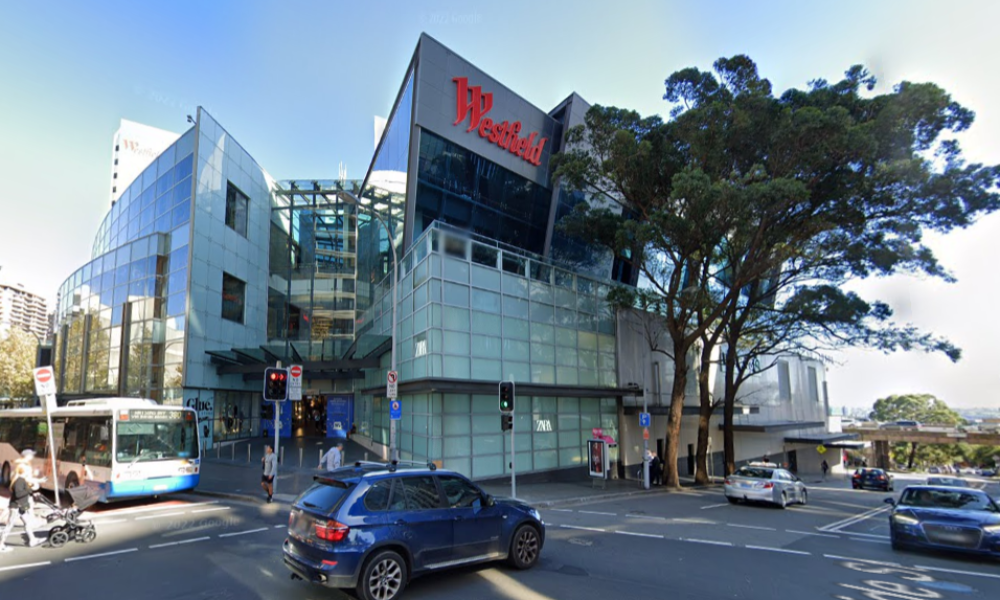The National HR Summit has begun with top tips for introducing design thinking into people strategies

The National HR Summit at Sydney’s Luna Park is underway and the first speaker to kick off proceedings was David Mallon, Bersin by Deloitte’s head of research.
The theme of his talk, ‘Innovative HR: Enabling the workplace of tomorrow’, challenged attendees’ pre-conceptions and encouraged fresh thinking around the role of HR within today’s organisations.
Mallon said there are a number of ways in which HR is transforming itself and one way is to incorporate design thinking into people strategies.
“There are a number of theories about design thinking out there, but regardless of which of those existing sets of theories you take onboard, there are some common threads,” he said.
“One is the notion of empathy – not empathy in the emotional sense, but rather walking in the shoes of the people you serve.
“In this case, rather than HR looking to solve a problem by creating a top-down process based on consistent step-by-step guidelines, HR instead should embed themselves with the employees to gain intimate knowledge of everything happening in the employees’ world, all the disruption they are facing and what competes for their attention.”
Mallon suggests three tips for introducing design thinking into people strategies
1. Understand your workforce: “Don’t be afraid to talk to people. It’s odd to say this in the context of HR but don’t be afraid to go out and talk to your employees and spend lots of time with the people you serve. Be willing to use their feedback in the design process. Be willing to bring them into what you’re doing. You cannot have too many conversations with the users of whatever it is you do.”
2. Don’t do it all at once. “You can find individual aspects of the talent experience to tackle first and learn from that. It’s ok to learn as you go, to try new things. It’s also ok to put out a project that isn’t 100% complete; it may only be 80% complete and that’s ok. Tell the employees it’s 80% done and you’ll figure it out as you go and make it better as you go. You see that a lot in performance management. What’s interesting is it’s one of the few areas where HR has been willing to experiment. They’ve been willing to say ‘ok let’s try it, let’s try a different process in three parts of the company and see which one works best’.
3. Don’t forget to ask ‘why’: “It’s a good opportunity to hit re-set. Why do we have these processes and policies in place? Often the answer is not clear and when HR starts to ask itself, we often find that it’s not the value they want to be driving. They want more productivity, they want people to spend less time on the transactional, we want them focused on the day job and that’s not what they’re doing. That’s not how you’ve designed all of this.”
The theme of his talk, ‘Innovative HR: Enabling the workplace of tomorrow’, challenged attendees’ pre-conceptions and encouraged fresh thinking around the role of HR within today’s organisations.
Mallon said there are a number of ways in which HR is transforming itself and one way is to incorporate design thinking into people strategies.
“There are a number of theories about design thinking out there, but regardless of which of those existing sets of theories you take onboard, there are some common threads,” he said.
“One is the notion of empathy – not empathy in the emotional sense, but rather walking in the shoes of the people you serve.
“In this case, rather than HR looking to solve a problem by creating a top-down process based on consistent step-by-step guidelines, HR instead should embed themselves with the employees to gain intimate knowledge of everything happening in the employees’ world, all the disruption they are facing and what competes for their attention.”
Mallon suggests three tips for introducing design thinking into people strategies
1. Understand your workforce: “Don’t be afraid to talk to people. It’s odd to say this in the context of HR but don’t be afraid to go out and talk to your employees and spend lots of time with the people you serve. Be willing to use their feedback in the design process. Be willing to bring them into what you’re doing. You cannot have too many conversations with the users of whatever it is you do.”
2. Don’t do it all at once. “You can find individual aspects of the talent experience to tackle first and learn from that. It’s ok to learn as you go, to try new things. It’s also ok to put out a project that isn’t 100% complete; it may only be 80% complete and that’s ok. Tell the employees it’s 80% done and you’ll figure it out as you go and make it better as you go. You see that a lot in performance management. What’s interesting is it’s one of the few areas where HR has been willing to experiment. They’ve been willing to say ‘ok let’s try it, let’s try a different process in three parts of the company and see which one works best’.
3. Don’t forget to ask ‘why’: “It’s a good opportunity to hit re-set. Why do we have these processes and policies in place? Often the answer is not clear and when HR starts to ask itself, we often find that it’s not the value they want to be driving. They want more productivity, they want people to spend less time on the transactional, we want them focused on the day job and that’s not what they’re doing. That’s not how you’ve designed all of this.”





